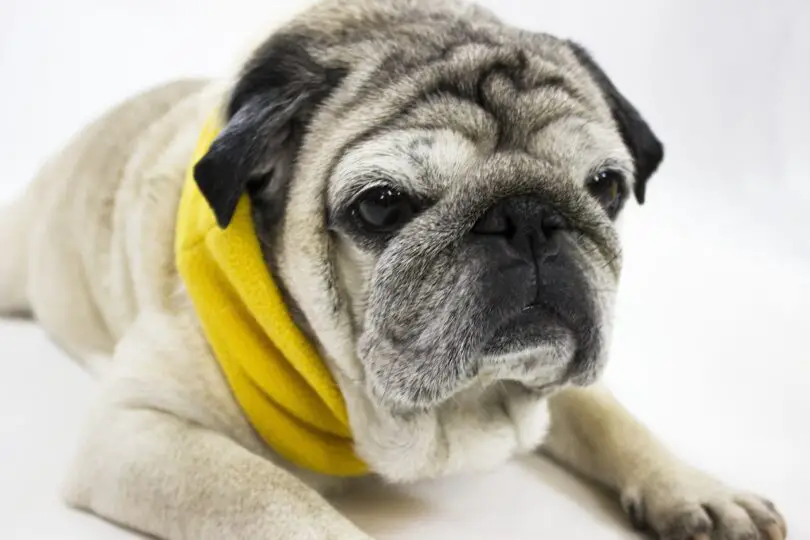Pugs, with their affectionate nature and charming personalities, thrive on social interaction. Proper socialization not only ensures a well-behaved Pug but also contributes to a happy and confident companion. Whether you have a new Pug puppy or an adult Pug, here are some tips to help you navigate the socialization process.
**1. Start Early, Start Gradual
Early socialization is key to shaping your Pug’s behavior. Introduce them to various people, environments, and situations from a young age. However, make sure to take it slow, especially if your Pug is a puppy. Gradual exposure helps prevent overwhelming experiences.
**2. Positive Exposure
Make each social encounter a positive one. Offer treats, praise, and affection when your Pug reacts well to new people, places, or animals. Positive reinforcement creates a positive association, making your Pug more comfortable in different situations.
**3. Meet and Greet
Allow your Pug to meet a variety of people—different ages, genders, and ethnicities. This helps them become comfortable with diverse individuals. Encourage gentle interaction, and ensure that the experience is enjoyable for your Pug.
**4. Canine Companions
Introduce your Pug to other dogs in a controlled environment. This helps them learn appropriate social behaviors and provides an outlet for their playful energy. Monitor the interactions closely, and choose playmates that have a similar temperament.
**5. Exposure to Different Environments
Take your Pug to different places to expose them to various sights, sounds, and smells. This could include parks, busy streets, pet-friendly stores, and even car rides. Gradually increase the complexity of the environments to build their confidence.
**6. Positive Vet Visits
Make visits to the vet a positive experience. Take your Pug to the vet for short, positive visits, where they receive treats and praise. This helps reduce anxiety during future vet appointments.
**7. Basic Obedience Training in Public
Practice basic obedience commands in public settings. This not only reinforces their training but also helps your Pug learn to focus and obey commands even with distractions around.
**8. Expose to Various Sounds
Pugs can be sensitive to loud noises. Expose them to different sounds gradually, such as vacuum cleaners, doorbells, or construction sounds. Use positive reinforcement to create positive associations with these noises.
**9. Supervised Playdates
Arrange playdates with other dogs in a controlled and supervised environment. This allows your Pug to develop social skills and learn appropriate play behaviors.
**10. Be Calm and Reassuring
Your Pug looks to you for guidance and reassurance. Stay calm during new experiences, and offer comfort if your Pug appears anxious. Your calm demeanor helps them feel secure and confident.
**11. Respect Their Comfort Zone
Pay attention to your Pug’s body language. If they show signs of discomfort or stress, respect their limits and give them space. Pushing too hard can have the opposite effect, making them more fearful.
**12. Consistency is Key
Consistency is crucial in socialization. Regularly expose your Pug to new experiences and reinforce positive behaviors. Consistent socialization builds a well-rounded and confident Pug.
Benefits of Socializing Your Pug
- Reduced Anxiety: A well-socialized Pug is less likely to experience anxiety in new situations.
- Better Behavior: Socialization contributes to better behavior, reducing the likelihood of aggression or fear-based reactions.
- Confident Companion: A properly socialized Pug is more confident, making them a joy to be around in various settings.
Socializing your Pug is an ongoing process that continues throughout their life. By following these tips and incorporating positive reinforcement, you’ll raise a well-behaved, confident, and sociable Pug companion.


Leave a Comment